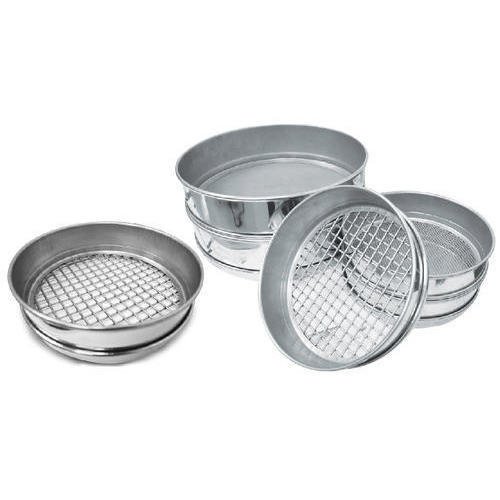Sieves, long revered as essential tools in kitchens around the world, play a pivotal role in enhancing culinary precision and efficiency. From straining tea leaves to sifting grains like wheat and rice, these versatile utensils have been integral to kitchens for generations. According to Sahil Qureshi, Chef at La Villa Medusa in Dubai, sieves are the “unsung heroes of the kitchen,” each designed to excel at specific tasks that streamline cooking processes and elevate culinary outcomes.
Qureshi emphasizes the importance of selecting the right sieve for the job. For instance, a colander with its large bowl and wide holes proves invaluable for rinsing fruits and vegetables, draining cooked pasta, and removing excess water post-blanching. This versatile tool not only simplifies kitchen tasks but also ensures ingredients are prepared to perfection, meeting professional standards in Qureshi’s culinary repertoire.
The importance of sieves extends beyond basic filtration. They are instrumental in achieving smoother textures in dishes, from silky purees and soups to lighter, fluffier baked goods. By effectively separating ingredients and eliminating lumps, sieves contribute to the aesthetic appeal and palatability of dishes, enhancing the overall dining experience.
In addition to colanders, fine-mesh sieves are essential for tasks requiring finer filtration, such as straining sauces, sifting flour, or dusting desserts with powdered sugar. These sieves excel in refining ingredients, ensuring consistency and enhancing the presentation of culinary creations.
Mastering the art of using sieves involves understanding their diverse applications and integrating them seamlessly into cooking routines. Whether in professional kitchens or home settings, these tools play a crucial role in achieving culinary excellence by promoting efficiency and precision.
Beyond their practical applications, sieves contribute to the artistry of cooking by enabling chefs to achieve desired textures and flavors. For instance, using a sieve to strain homemade stocks or sauces ensures a smooth, velvety consistency that enhances the richness of dishes. This meticulous process not only refines the final product but also showcases attention to detail in culinary preparation.
Moreover, sieves play a crucial role in the preparation of specialty dishes and delicate culinary techniques. Pastry chefs rely on fine-mesh sieves to sift flour for baking delicate cakes and pastries, ensuring a light and airy texture. Similarly, bartenders use sieves to strain cocktails, removing ice shards and achieving a smooth, visually appealing drink presentation.
Innovations in sieve design have expanded their utility in modern kitchens. Silicone and stainless steel models offer durability and versatility, accommodating a wide range of culinary tasks from straining sauces to sifting dry ingredients. Adjustable sieves with variable mesh sizes provide flexibility for different cooking needs, further enhancing their usability and efficiency.
Furthermore, the evolution of global cuisine has influenced the adaptation of sieves in diverse culinary traditions. In Asian cooking, for example, bamboo and mesh sieves are essential for straining noodles and washing rice, ensuring optimal texture and flavor in traditional dishes. These cultural adaptations highlight the universal relevance and adaptability of sieves in culinary practices worldwide.
As kitchen technologies advance, chefs and home cooks continue to discover new ways to leverage the benefits of sieves in cooking. From enhancing efficiency to improving food quality, these tools remain indispensable for achieving culinary excellence and satisfying dining experiences. Whether used for basic food preparation or intricate culinary techniques, sieves embody the essence of precision and craftsmanship in the art of cooking.

